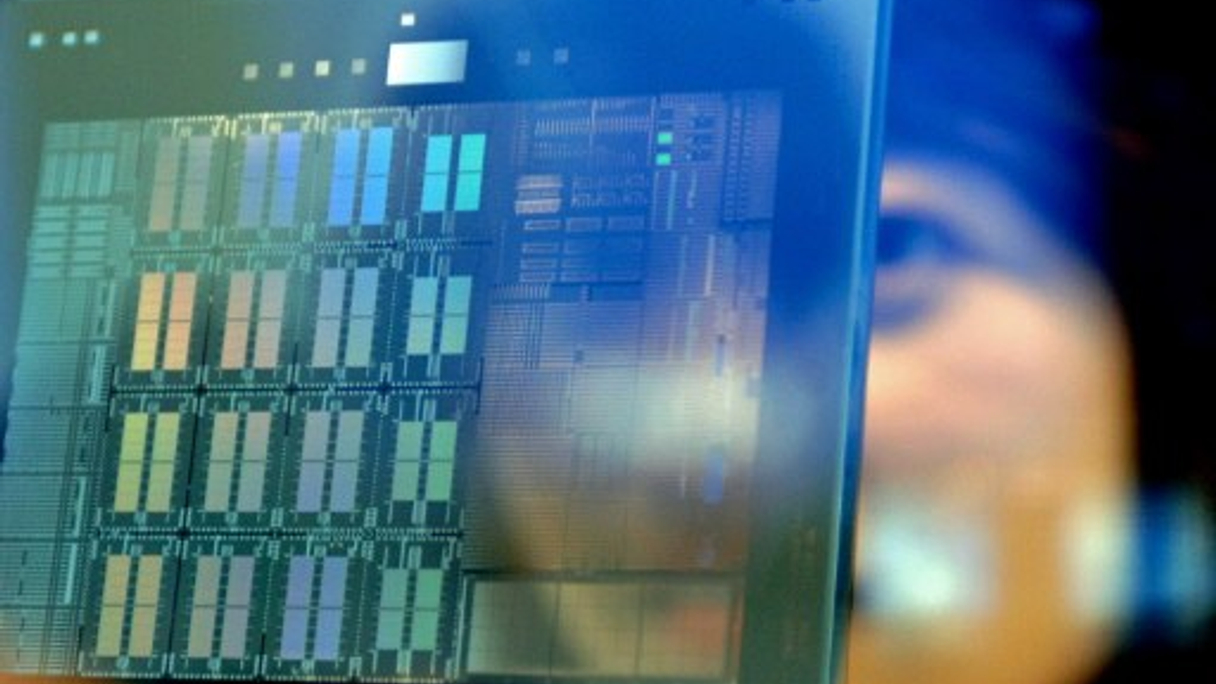Taiwanese foundry operator, United Microelectronics Corp (UMC), returned to the convertible bond market on Monday with its third negative yield deal since 2009 and Asia's largest Reg S equity-linked deal in one-and-a-half years.
¬ Haymarket Media Limited. All rights reserved.



